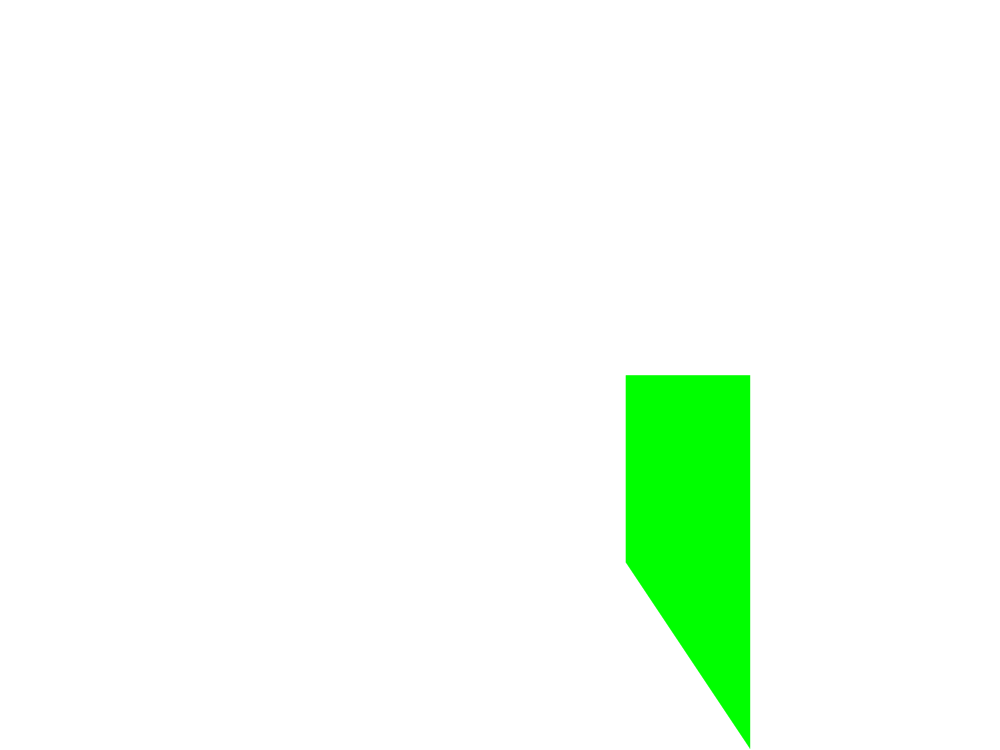Martin: Tim, my turn to ask you a question. You are familiar with the difference between form-based and transformation-based identity systems.1 How would you translate these two systems in code? No need to enter into specifics. I am more interested in the conceptual framework of code and how it relates to Flexible Visual Systems.
Tim: I would say that form based flexible visual systems can be explained in an easy way with an exercise I call „random compositions“.2 The prompt: define three different geometric shapes and place them randomly on a surface (including randomized scaling, positions and rotations). The system is formulated by code that generates the visual output.
Transformation based flexible visual systems on the other hand are programs that transform an input (mostly images or text) into an output. In many cases this transformation is based on a custom rasterization algorithm but it also can be something else. It often works like a custom image filter as we know it from Photoshop.
Footnotes:
- What Kirby Can Teach Us About Flexible Visual Systems — Kirby offers valuable lessons for brands navigating the ever-changing visual landscape. https://blog.coalesce.nyc/what-kirby-can-teach-us-about-flexible-visual-systems-6d95311c9aeb ↩︎
- Random Compositions
https://timrodenbroeker.de/courses/random-compositions/ ↩︎
Published on November 4, 2024
Last updated on November 6, 2024
